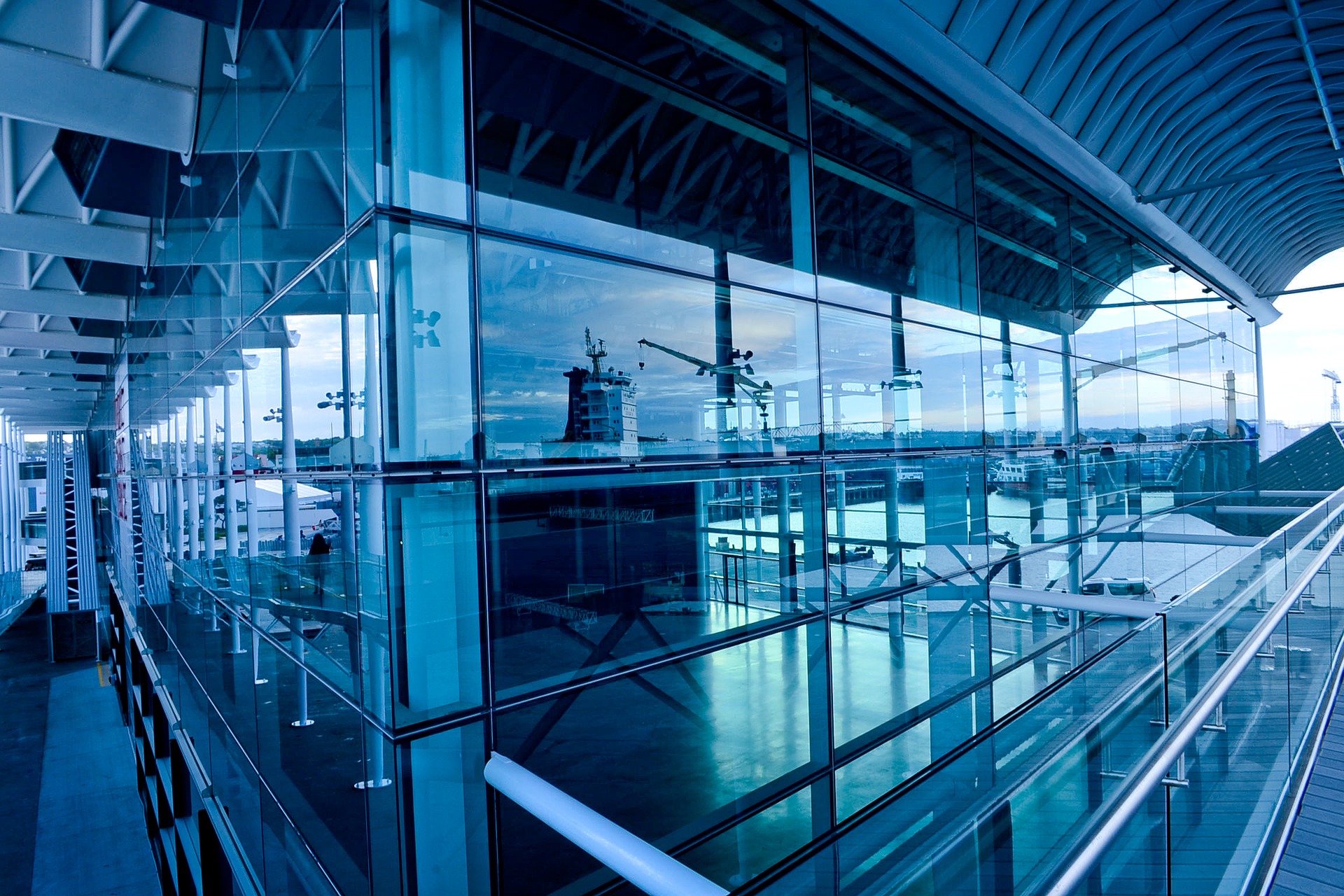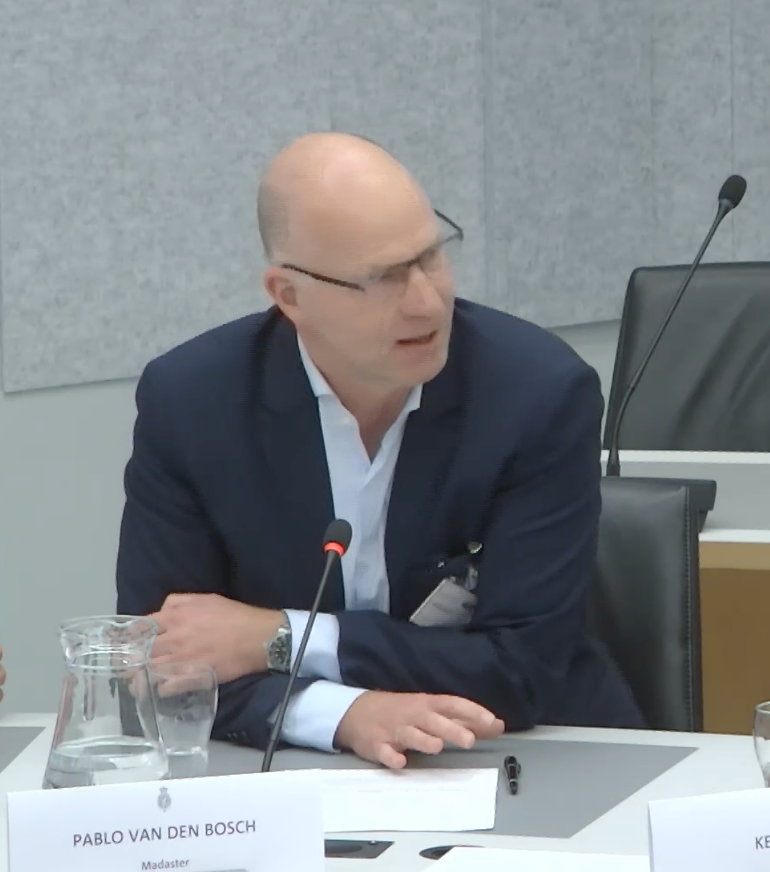Reuse of building material is key to cut CO2 emissions
By Leif Nordhus, Managing Director Madaster Norway
Working with Madaster in Norway, for me, is a way to support the climate goals we have committed to in the Paris Agreement. If Norway and the rest of the world do not deliver on a maximum temperature increase of 2 ° C, global warming will continue. This rise in global temperature means that sea levels will be rising and there will be more extreme weather events. The EU has committed to reducing CO2 emissions in Europe by 55% compared with 1990 levels. By 2050, Europe will be a net zero-emission society. The building sector needs to deliver. I find Madaster is a great tool for this green shift.
THE CONSTRUCTION INDUSTRY IS A CLIMATE WORST
The construction industry is accountable for the largest CO2 emissions, globally. Around 40% of all energy consumption takes place in the construction industry, as does 40% of raw material consumption and 40% of all the waste that is produced. Cities account for most of the emissions. If the building industry does not change, global temperatures will increase by 3 °C. This should motivate us all.
THE KEY IS TRANSFER TO CIRCULAR ECONOMICS
Circular economy is the most important tool for the success of the Green Deal — the EU’s strategy for stopping the climate crisis. For the building sector, the transition from a linear economy to one that is circular means that products will have a longer lifespan, materials will be recycled and building materials will be reused. The Green Deal addresses waste management, reuse of materials, use of digital technology, digitisation, zero-emission construction, energy-efficient buildings and regulation to reduce hazardous substances in waste. It is also about renovating 35 million buildings and creating 160,000 new jobs in the construction industry in the years to come. This entails new climate-related requirements in the construction industry, new regulations with respect to reuse, circular tenders and emission reporting.
Circular economics is also one of six categories within the taxonomy of sustainable finance, which outlines the activities that contribute to sustainability. This requires increased knowledge — and cooperation.
MATERIAL BANKS AS A SOLUTION
The EU recommends the introduction of buildings as material banks to gain knowledge about what would increase the reuse of materials and the reduction in CO2 emissions. The current barriers to increased reuse of building materials are the lack of digitisation, the manual retrieval of data, having no insight into the value of materials, the difficulties in following the life cycle of materials, and more. Madaster’s digital platform is unique in this respect.
Madaster is built on the idea that ‘waste is material without an identity’. Our platform offers users various services, tools and benefits, such as an archive folder, material passports, calculation of financial residual value, environmental impact and circularity indicator, and soon a carbon calculator. The information on building-related materials, products and other construction data on the Madaster Platform can be used for generating material passports.
The EU states that turning buildings into material banks is necessary if the green shift is to succeed.
BENEFITS OF A CIRCULAR CONSTRUCTION INDUSTRY
With the information from the Madaster Platform, planning circularity becomes easier for building owners as do circular design and financing.
I get a huge response when I tell our potential customers that the Madaster solution contains information that will lower depreciation, provides more accurate balance sheets, helps to make smarter material choices and simplifies the reuse of materials by awarding a salvage value to the building materials.
COOPERATION IN THE ECOSYSTEM
Restructuring the construction process requires cross-disciplinary cooperation. We must work together to ensure that data are available in standard formats so they can be reused throughout the value chain. This requires new digital solutions and data registration. The EU report ‘Study on the development of a European Union framework for digital building logbooks’, which was published in 2020, states that Madaster is in a top position in Europe with respect to the new requirements for digitisation and circularity in the construction industry. It is inspiring.
To me, the Madaster Platform is a key tool to support the reduction in CO2 emissions in the construction sector. This involves cooperation and the development of a common circular digital ecosystem. Only when we work together, we can prevent further global warming. The construction industry has been a climate destroyer — but now we are on our way in the transition towards a circular economy. This gives effective results.



